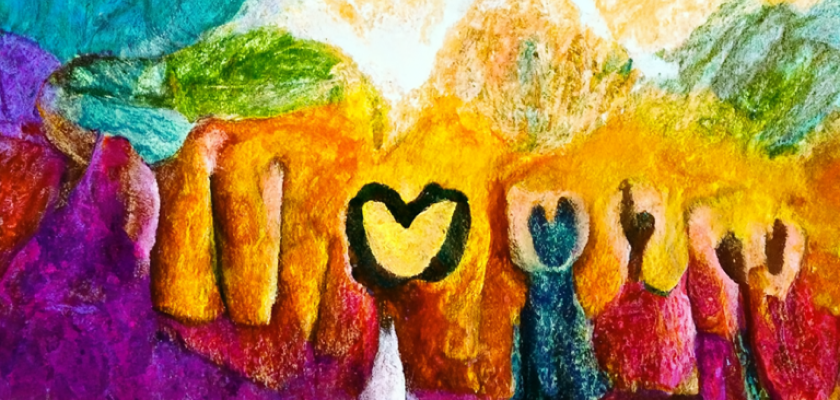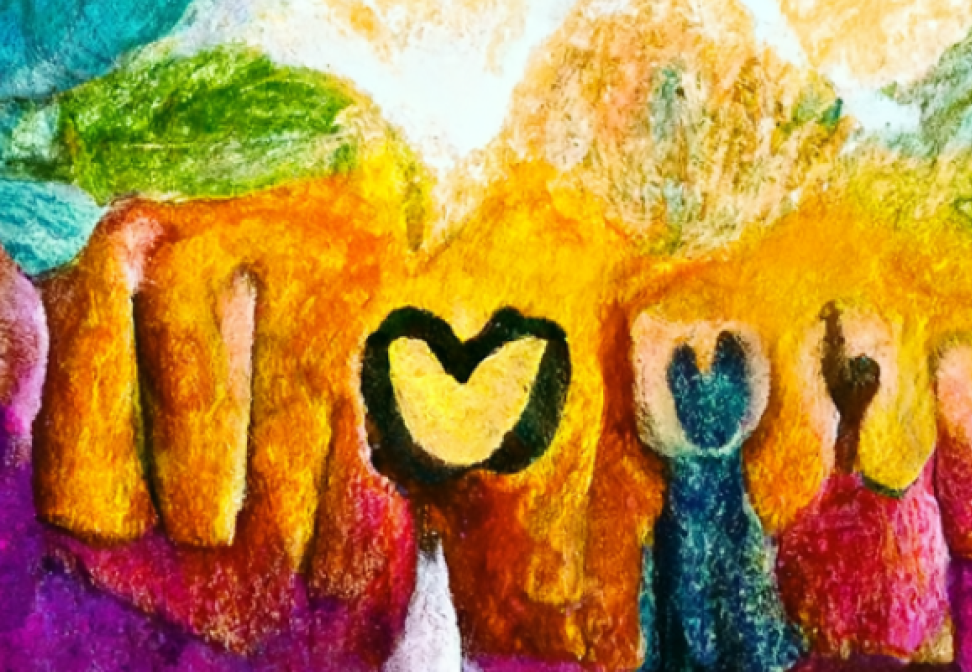What We Need to Know About Trauma and Why It’s Important
What is trauma?
Trauma involves 3 Es — an adverse event or series of events that is experienced as severely harmful or life-threatening, that has a lasting effect on the person physically, psychologically, socially and so on.
Adverse experiences can sometimes become traumatic. But they may not be experienced by the person as life-threatening or severely harmful, and they may not have a lasting effect on the person.
An example would be a car accident. Someone may experience a car accident and come out of it without any trauma, but another person may experience the same and then start developing flashbacks, fear of crossing the road or driving.
How does trauma affect a person?
There ARE resilient responses to trauma, for example the incident causes the survivor to cherish family more, or become more spiritual and attuned to their faith.
However, often what we see in trauma survivors, especially in the immediate aftermath of the traumatic incident, are adverse effects. These adverse responses to trauma are often the person’s attempt to cope or protect themselves. They might include avoidant or aggressive behaviour, numbed emotions, overeating, not sleeping, risky behaviour such as drug or alcohol use, or unsafe sexual practices.
These responses may cause the trauma survivor to lose existing or potential relationships, and struggle to or avoid building emotional bonds with other people due to a distrust of other people. They may also struggle to manage their emotions, or function effectively at work or school.
Mentally, the traumatic experience may result in the person adopting distorted thinking cognitions or beliefs. Serious traumatic experiences can challenge beliefs that we often see as normal, such as “going to bed at night is safe”, or “most people are good”. These may also start to affect how much the survivor values or perceives him/herself, or cause them to feel guilty about the experience.
The trauma survivor may also start to have re-experiencing symptoms such as flashbacks, recurring nightmares, intrusive thoughts and memories, hallucinations, or even disassociation.
Physically, trauma can also result in symptoms such as headaches, chest pains, bowel issues. Such symptoms can differ from person to person.
And there is research to show that trauma has an effect on brain development especially in children, and limbic system functioning (the part of the brain that controls our behaviour and emotions).
There are also physical repercussions for trauma responses; poor sleep, heightened alertness, high stress levels, poor eating habits, unsafe sexual practices, or usage of drugs and alcohol can all play a role in reducing the trauma survivors’ quality of health.
And research on people who experienced ACEs in childhood, as well as on people with PTSD, have found that trauma can result in reduced life expectancy.
What is trauma-informed care (TIC)?
A core tenet of TIC is providing the person with empowerment, a voice, and a choice. And often care and emotional support through a TIC lens aims to empower the person through collaborative means, instead of doing “for” or instructing.
Examples of trauma-sensitive responses
| Child/Youth Behaviour | Compose Response | Trauma Sensitive Response |
|---|---|---|
| Withdrawn | Giving advise | Confidentiality |
| Passive | Blaming | Respect |
| Outbursts of anger | Confronting | Patience |
| Sarcastic | Interpreting or analysing | Listening |
| Ambivalent | Moralising | Sharing |
| Defiant | Preaching | Honesty |
| Depressed | Warning | Understanding |
| Hopeless | Lecturing | Empathy |
| Anxious | Convincing | Calmness |
| Not understanding consequences | Stereotyping | Confidence |
| Self-harm or harm to others | Interrogating | Trust |
What is your most surprising takeaway about trauma-informed care?
I would say that my most surprising takeaway about TIC is how easy it is to read a trauma survivor’s traumatic response as one of “bad” or “problematic” behaviour. Even when that person is a loved one like a partner, child, or sibling.
And often, the response to that behaviour can lead to further traumatisation of the person, especially so because such responses often include aggression and blaming behaviour.
For example, a husband responds with anger to his wife’s meltdown over what may seem to him as something insignificant. But he did not see that the meltdown happened because his wife had re-experienced intense emotions and fear caused by a trauma trigger.
In your experience, how has TIC evolved in terms of how it is understood and practised in Singapore?
I think TIC is a relatively new concept, and we as a society were not conscious about it until recently.
For example, a teacher is dealing with a student with “behavioural issues”. A non-trauma informed approach would be to immediately write the student off as problematic/delinquent etc. and approach the issue with punishment. The mindset behind it is, “This student has no future” or “This student is acting up AGAIN?”
A trauma-informed approach would be one where the educator asks, “What’s going on with you?” “Is there something wrong?”, and recognise that perhaps there could be a reason they are behaving this way, and that there is space for them to change, learn, and grow through a collaborative process.
In action, it could be the difference between sending the child to the principal’s office to get suspended versus sitting down with the child and having a conversation about what’s been happening and why they’re acting like this.
What does healing look like for someone with trauma?
It’s when a person is able to live without being overwhelmed by the thoughts or feelings of the past, and without being affected negatively by their past traumatic experiences.
The trauma focused modalities that I’m trained in include trauma-focused cognitive behavioural therapy (TF-CBT) and Eye Movement Desensitisation and Reprocessing (EMDR), so I can share more about those modalities.
It can be quite painful and difficult to process trauma without being prepared, and trauma-focused therapies usually include elements of normalisation and psychoeducation — how does trauma affect you, it’s ok and normal to feel this way and respond this way, there’s no shame in feeling or responding like this, etc.
In TF-CBT and EMDR, therapists ensure that clients are well equipped with calming and affect modulation techniques before they begin processing. In TF-CBT, the client is also taught cognitive coping and processing skills before processing
TF-CBT aims to help clients learn skills that can help them cope with trauma, face and resolve past traumatic experiences, and move on from that traumatic experience without it continuing to affect their life.
Processing for TF-CBT involves the creation and processing of a trauma narrative, where the client is encouraged to talk about their traumatic experiences and processes that experience with the therapist's help in a safe environment.
Through that process of gradual exposure and cognitive processing, the client develops skills to recontextualise unhelpful feelings and thoughts, and regulate emotions. With young clients, there will also likely be some caregiver involvement where caregivers are trained to understand trauma and support the child.
EMDR processing involves the visualisation of the distressing event while stimulating both hemispheres of the brain. The aim is to reduce symptoms by changing the way those memories are stored in the client’s brain, and develop alternative (better) patterns of responses to such trauma triggers.
It might involve using hand movements to stimulate eye movements of the client, or getting the client to tap both sides of their body while visualising the event. Through EMDR, the negative effects of trauma are effectively reduced.
Why is an understanding of trauma increasingly important when providing mental health support?
The recent Singapore Mental Health Study identified two-thirds of Singaporeans as having some form of Adverse Childhood Experiences (ACEs), which can be identified as a form of trauma. It also found a correlation between ACEs and future mental health issues.
Additionally, with the recent COVID-19 pandemic, there has been a reported increase in abuse cases. It is important to also note that psychological and emotional abuse often go unreported, and if physical and sexual abuse have been on an uptrend, it is likely that psychological and emotional abuse will follow suite.
As such, it will be very likely that the people seeking help for mental health issues also have trauma-related issues. This is something that anecdotally we have been seeing at Limitless as well. And it will be imperative that mental health practitioners take a trauma-informed approach when engaging in the treatment of such clients and patients.








